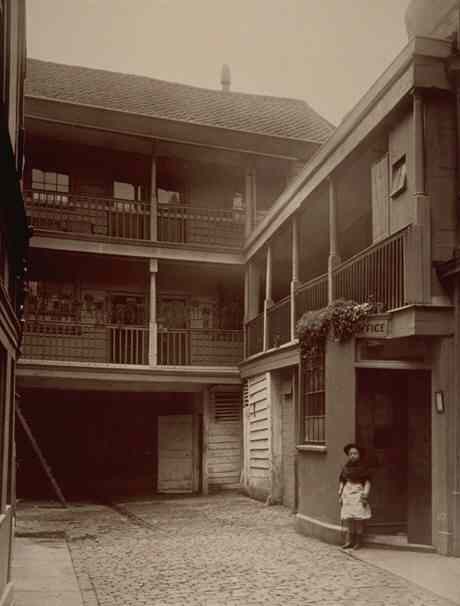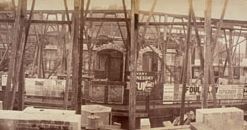|
Beyond Each Facade There Is This

|
| © Corporation of London |
Welcome, to this, our tribute
to what has been described as the greatest city in the world, the above quote, from Jan Collie describes London perfectly.
You can find the link to Jan's amazing website, Hidden London, to your right, and we'll talk more about Jan elsewhere on this
website.
The page headings are taken from a source which was a joy and wonder
to find, and we do strongly recommend you search it out, it is available in paperback, Peter Ackroyd's monumental work, London: The Biography, and it is this book, along with the aforementioned Hidden London website,
that we will be using as our guides, quotes from both sources will appear as headings on each of this site's pages. In advance,
we want to send massive thanks out, to both Peter and Jan, for providing part of the inspiration for this site, but, of course,
the chief inspiration is London itself
Over the millennia, many voices,
both great and small have voiced their songs, poems, essays, and stories, both fiction and non-fiction, about that great city,
London. With this site we hope to present to you as many of those voices as we can, both with examples, such as
Charles Dickens, and, of course with the usual links, in their usual places.
Two favourite places to view London's
prospect, at one time, this was long before the era of tall buildings, were Primrose Hill and Hampstead Heath, indeed at one
time, in Dickens time, Hampstead Heath was the country, from whence, by the way came several of London's rivers, yes, London
does have more than one river, a subject that will be dealt with here, of course. There are also several good books on
London's lost rivers, the names and publishers, and cost will be noted in a bibliography at the end . As we were saying, Primrose
Hill and Hampstead Heath were good viewing points for London's prospect. There it was, the whole city spread out before a
person, the most prominent of all the structures was the dome of St Pauls Cathedral, rising above the river mists then, as
later it would rise above the smoke from the fires created by the bombings of London, during World War II, indeed a lot of
the buildings that had survived from Dickens time, were destroyed in those raids, and a time and place were lost, forever.
However, London would not be London, if it were not for change, change is as much a part of the great city, as are the people
and buildings, witness the discoveries of Roman remains, at least twelve levels down, from where London stands today However, thats enough
out of us, lets let London speak for itself, and let the novelists, the poets, the musicians, the composers, and the observers,
give us their views of this immortal place, this endless time....This London. Onward!

|
| View of the construction of Holborn Viaduct east of Farringdon Street |
|

